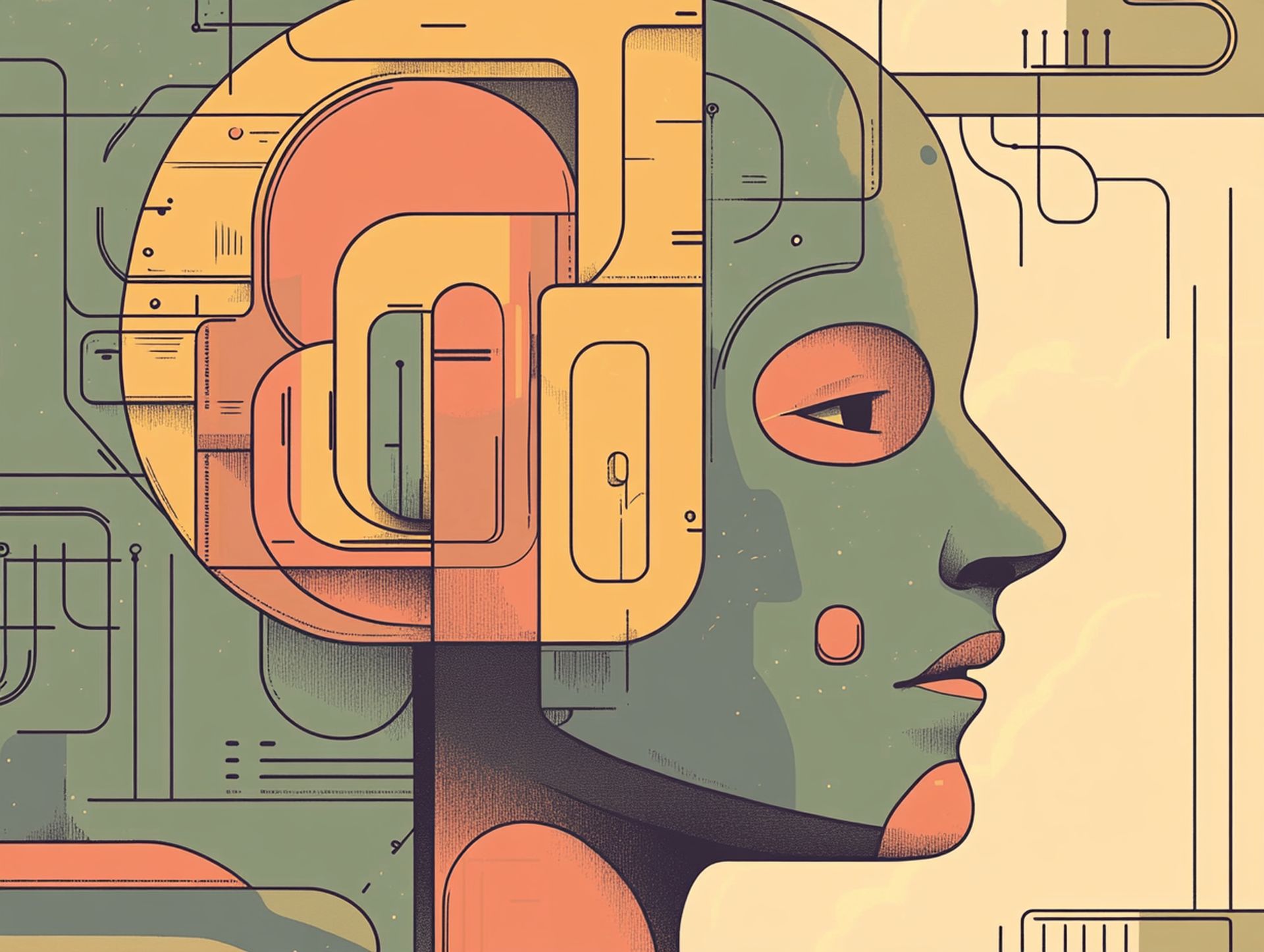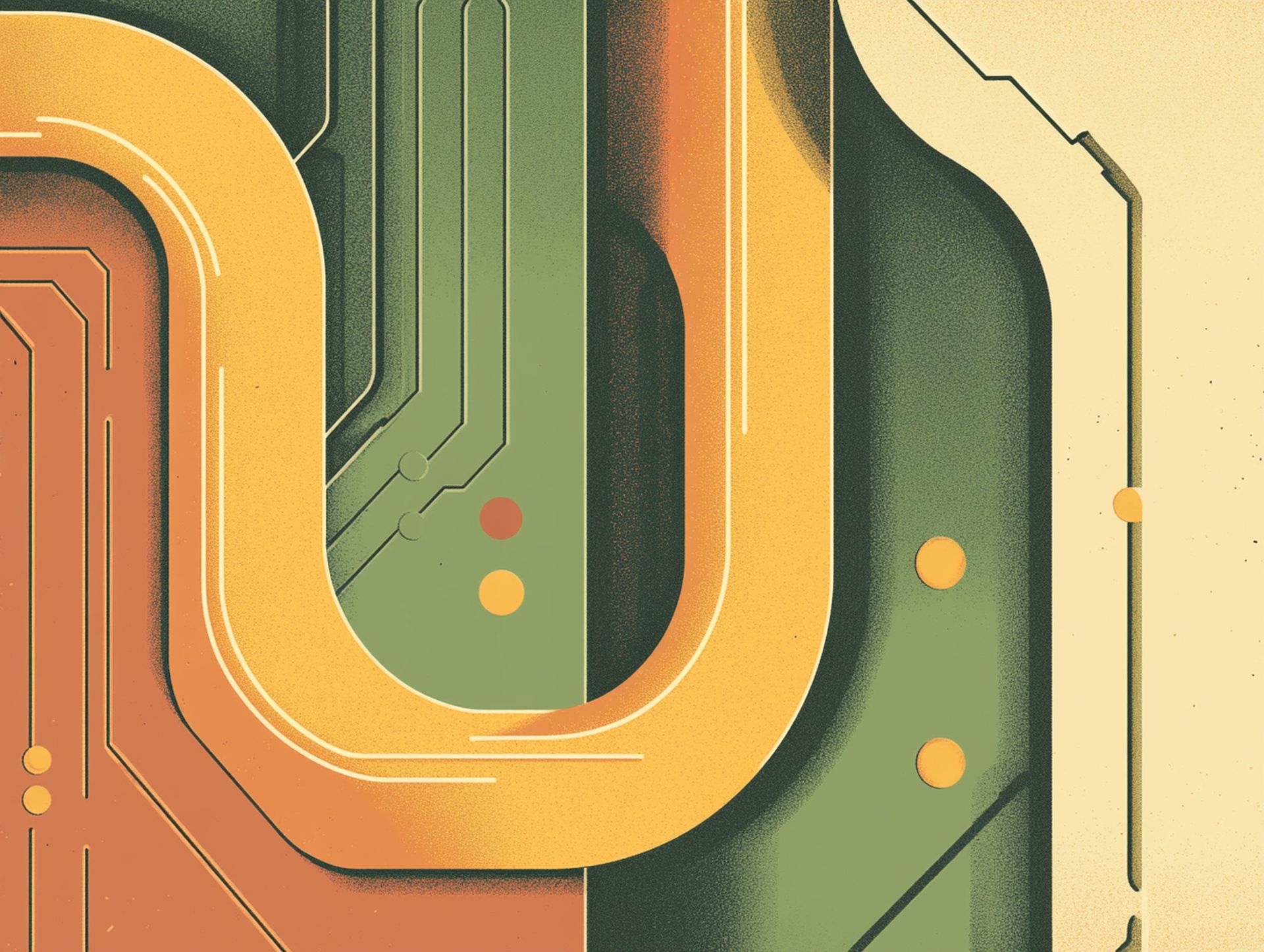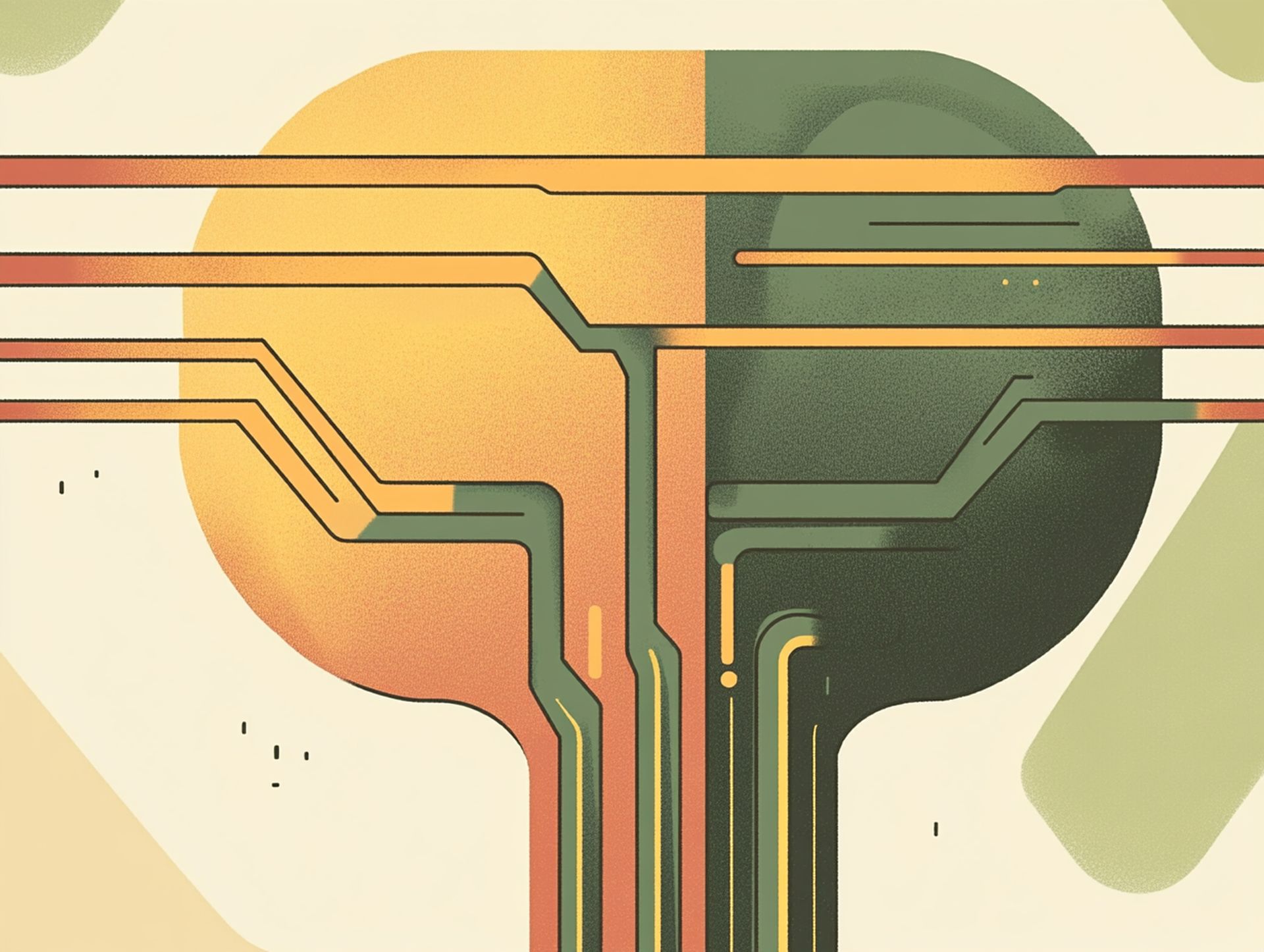Generative AI vs. predictive AI: Full comparison

Artificial intelligence isn’t a one-size-fits-all technology; it’s an expansive field filled with specialized models that serve different purposes. Two of AI’s most exciting and impactful branches are generative AI and predictive AI. While they may sound similar, these technologies have fundamentally different objectives and methods. Let’s dive into what separates them, why they matter, and where you might encounter them.
What is generative AI?Generative AI, as the name suggests, focuses on creation. It uses machine learning models to generate new data that resembles the training data it was fed. Think of it as the creative artist in the AI family. It can produce text, music, images, and even video. Generative AI is the technology behind tools like DALL-E, which generates images from textual descriptions, and ChatGPT, which crafts human-like conversations.
In simple terms, generative AI learns from examples and uses that knowledge to create something new. Imagine feeding an AI system thousands of landscape paintings. Once it understands the characteristics of a landscape, it can paint one that never existed before. This creativity is why generative AI is often compared to a digital artist or composer—it can bring fresh ideas to the table, even if it doesn’t have a pulse.
Generative AI models are often built using techniques like Generative Adversarial Networks (GANs) or Variational Autoencoders (VAEs). These models rely on a dual-process approach—one part creates while the other critiques, refining the output until it’s polished enough to pass for human-created content. This capacity to “imagine” new content makes generative AI both fascinating and sometimes a little bit unsettling.
 Generative AI, as the name suggests, focuses on creation
What is predictive AI?
Generative AI, as the name suggests, focuses on creation
What is predictive AI?
If generative AI is the creative artist, predictive AI is the analyst or fortune teller. Predictive AI is designed to forecast future events based on historical data. Instead of creating something new, it examines past data patterns to predict outcomes. This makes it more like a sophisticated crystal ball—but with data, algorithms, and statistical rigor behind it.
Predictive AI is often used in scenarios that require informed decision-making. Consider recommendation systems on streaming platforms like Netflix or forecasting stock market trends. Predictive AI helps businesses answer questions like: “What will happen if we launch this product?” or “Which customers are most likely to churn?” It’s fundamentally about looking at the past to make educated guesses about the future.
Models like regression analysis, decision trees, and neural networks are often employed to predict outcomes. Predictive AI is used across industries—whether it’s predicting maintenance needs in manufacturing, identifying health risks in medicine, or optimizing supply chains in logistics. It’s less about creation and more about risk mitigation, planning, and strategic foresight.
What is the difference between predictive AI and generative AI models?The key difference between predictive AI and generative AI lies in their purposes and methodologies. Generative AI is about producing new content, whereas predictive AI is focused on anticipating what comes next. One is the artist, and the other is the oracle. Both are invaluable, but their usefulness depends entirely on the problem.
Generative AI aims to answer questions like, “What could this look like?” It takes inspiration from existing data and molds it into something novel, often surprising us with its creativity. Predictive AI, on the other hand, answers questions like, “What will happen next?” It relies on historical data to spot patterns and make informed guesses, often with impressive accuracy.
Another significant difference is their architecture. Generative AI models, such as GANs, work through a process of generation and refinement, often employing multiple models working in tandem to create convincing outputs. Predictive AI models rely on statistical analysis, historical pattern recognition, and classification or regression models to conclude.
Think of it this way: if generative AI were tasked with writing a movie script, it could churn out a completely original storyline. Predictive AI, meanwhile, would analyze past box office data to predict whether that script would be a blockbuster or a flop. Generative AI creates; predictive AI evaluates.
 If generative AI is the creative artist, predictive AI is the analyst or fortune teller
Is ChatGPT predictive or generative?
If generative AI is the creative artist, predictive AI is the analyst or fortune teller
Is ChatGPT predictive or generative?
ChatGPT, developed by OpenAI, is a quintessential example of generative AI. It doesn’t predict the future in the way predictive AI does. Instead, it predicts the next word in a sentence based on the context of the conversation, but the end goal is creation—generating coherent, engaging dialogue.
Unlike predictive models that analyze data to forecast future events, ChatGPT generates meaningful text by understanding language, grammar, and context nuances. It’s been trained on diverse datasets containing books, articles, and other forms of text, enabling it to produce natural and human-like responses. When you ask ChatGPT a question, it doesn’t consult a crystal ball of past data points to predict your behavior; rather, it crafts a unique response, much like how a storyteller weaves a narrative.
The generative aspect of ChatGPT means it can assist in creative tasks like drafting emails, brainstorming ideas, or writing poetry. It’s not limited to providing factual answers; it can also invent scenarios, characters, and dialogues. This differentiates it significantly from predictive AI, whose role would be more aligned with identifying patterns, estimating probabilities, and recommending actions based on past behaviors.
Applications and use casesLet’s examine some common use cases to better understand how these two branches of AI operate in the real world.
Generative AI applications- Content creation: Generative AI creates blog posts, news articles, artwork, and music. Tools like GPT-3 are designed to support writers and artists in bringing their creative visions to life.
- Product design: Companies use generative AI to explore new product variations, prototype designs, and develop visually appealing options.
- Virtual assistants: AI models like ChatGPT offer conversational abilities that make virtual assistants more intuitive and engaging.
- Customer behavior analysis: Retailers use predictive AI to anticipate buying behaviors, understand customer preferences, and create personalized marketing strategies.
- Healthcare diagnostics: Predictive AI helps identify patients at risk of certain conditions, enabling earlier intervention and better treatment outcomes.
- Financial forecasting: Banks and financial institutions use predictive AI to detect fraudulent activities, assess credit risks, and make informed investment decisions.
 Generative AI and predictive AI aren’t isolated technologies working in separate silos—they complement each other in ways that enhance their overall capabilities
How generative AI and predictive AI work together
Generative AI and predictive AI aren’t isolated technologies working in separate silos—they complement each other in ways that enhance their overall capabilities
How generative AI and predictive AI work together
Generative AI and predictive AI aren’t isolated technologies working in separate silos—they complement each other in ways that enhance their overall capabilities. Imagine a scenario where generative AI creates multiple solutions to a problem while predictive AI evaluates which solutions have the highest likelihood of success. In this sense, generative AI can be seen as the innovator, proposing ideas, and predictive AI as the evaluator, sorting through the innovations to identify the optimal path forward.
In business, this combination can be a game-changer. For example, generative AI could create various marketing strategies, while predictive AI assesses which strategy will likely generate the highest return on investment based on historical data. This type of synergy makes the two branches of AI much more powerful when used together than when used separately.
Strengths and limitations of generative AIGenerative AI has plenty of strengths, the most prominent of which is its ability to create. Whether it’s generating lifelike images, compelling stories, or novel pieces of music, generative AI excels at creating new content. This makes it perfect for industries where creativity and originality are highly valued, such as entertainment, marketing, and product design.
However, generative AI also has limitations. It often lacks the accuracy or factual reliability needed for tasks requiring precision. Since its output is based on training data, generative AI can sometimes produce content that sounds plausible but is factually incorrect—often referred to as “hallucinations.” Moreover, generative AI can inadvertently produce biased or inappropriate outputs without careful moderation, reflecting biases in its training data.
Strengths and limitations of predictive AIPredictive AI’s strength lies in its analytical abilities. It can accurately forecast outcomes, making it indispensable for industries that rely on data-driven decision-making. Predictive AI can help businesses anticipate customer behaviors, foresee market trends, and even detect faults before they escalate into major issues.
On the flip side, predictive AI has its limitations. Unlike generative AI, it can’t create new content or explore uncharted territories. Its effectiveness is also heavily reliant on the quality of the historical data on which it is trained. If the data is incomplete or biased, the predictions it generates will be similarly flawed. Predictive AI is excellent at working within established boundaries, but it lacks the imagination needed to think outside the box.
 Predictive AI’s strength lies in its analytical abilities
Generative AI in everyday life
Predictive AI’s strength lies in its analytical abilities
Generative AI in everyday life
You might not realize it, but generative AI is already a part of your everyday life. Whenever you use a virtual assistant like Siri or Alexa to create reminders, answer questions, or control smart devices, generative AI is at play. Streaming services like Spotify use generative models to create custom playlists based on your preferences, while platforms like Instagram employ it to enhance images or create augmented reality filters.
In the creative industry, generative AI tools like DALL-E and Midjourney are used by artists to explore new creative expressions. In contrast, writers use tools like GPT to overcome writer’s block or craft entirely new works of fiction. Even video game developers utilize generative AI to create dynamic environments and characters, making the gaming experience richer and more immersive.
Predictive AI in business decision-makingPredictive AI is crucial in business decision-making, serving as the backbone for strategic planning across numerous industries. Companies rely on predictive AI to analyze customer data and predict buying behavior, allowing them to effectively tailor marketing campaigns. In finance, predictive models assess risks, forecast market trends, and detect anomalies that could indicate fraud.
Healthcare also benefits immensely from predictive AI. By analyzing patient data, predictive models can identify at-risk individuals before health issues become critical, allowing for preventative measures. Supply chain management, too, has been transformed by predictive AI, enabling businesses to anticipate demand, reduce waste, and optimize logistics. Predictive AI doesn’t just help businesses react to changes; it helps them stay ahead of the curve.
Better togetherGenerative AI and predictive AI are not competing technologies; they are complementary tools that serve different needs. As AI continues to evolve, we’ll see these technologies merge in new and exciting ways. Imagine an AI system that can generate creative solutions to problems while also predicting the outcomes of implementing those solutions—bringing together the best of both worlds.
Generative AI will continue to drive innovation in fields that require creativity and content generation, from entertainment to marketing. Predictive AI, meanwhile, will keep finding ways to make sense of our data-filled world, guiding businesses and individuals to make smarter decisions.
The real power lies in knowing when to use which type of AI. Whether you need to create something new or make sense of the past to better anticipate the future, there’s an AI for that. And understanding the distinction is what separates an effective AI strategy from just another tech experiment.
Image credits: Kerem Gülen/Midjourney
